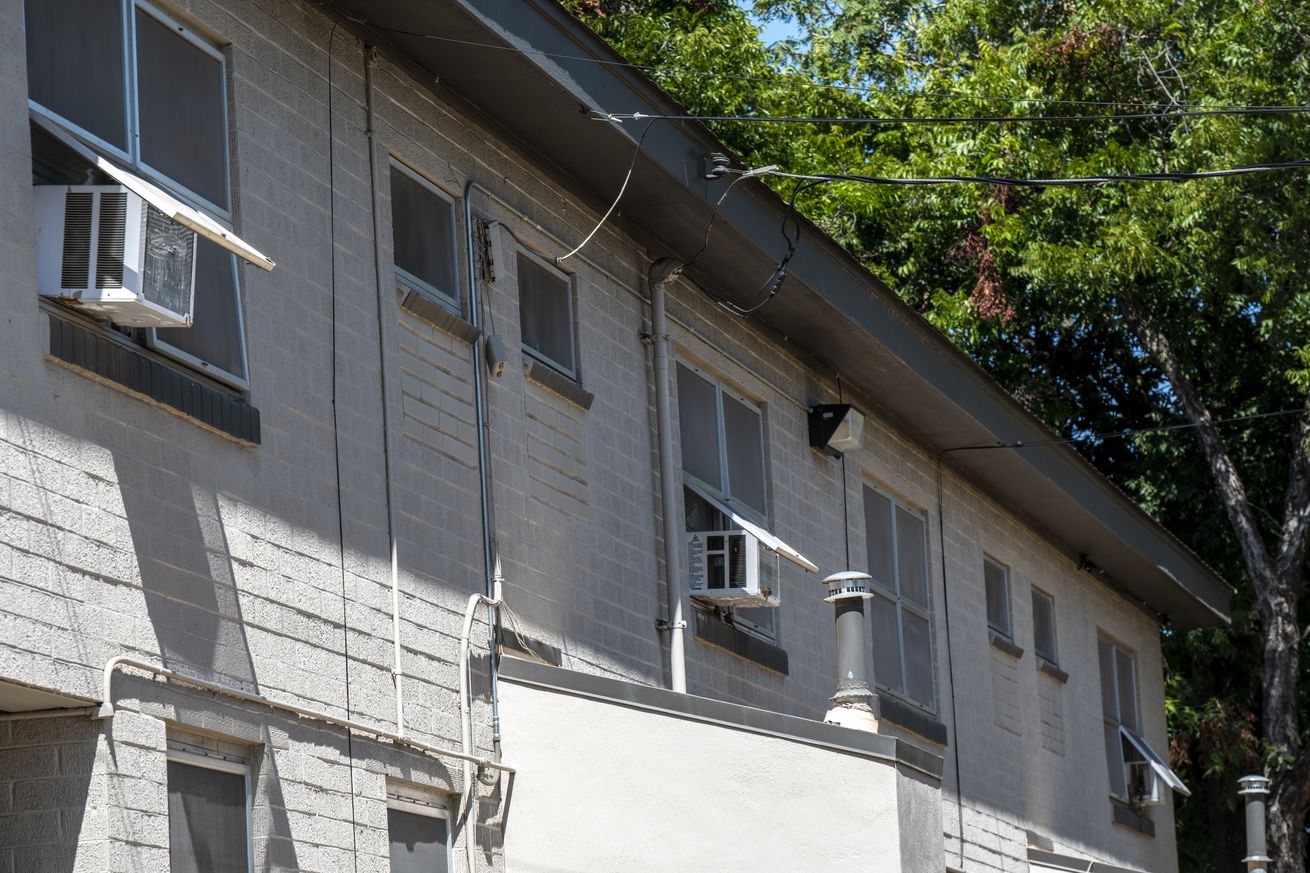
Heatwaves could trigger energy shortages across two-thirds of North America
Two-thirds of North America could face electricity shortages when temperatures spike this summer. The warning came from the US Energy Information Administration (EIA) today, which cited an analysis by the nonprofit North American Electric Reliability Corporation.
Most of the Central and Western US, New England, and Ontario, Canada, are at elevated risk, according to the analysis. Energy shortages are a problem when hotter-than-normal summer temperatures cause electricity demand to skyrocket. People crank up their air conditioning, putting greater pressure on the grid. At the same time, extreme heat can make power plants, as well as solar and wind farms, less efficient when it comes to generating electricity. That mismatch in supply and demand leads to blackouts when people need air conditioning the most to cope with the heat.
Most of the Central and Western US, New England, and Ontario, Canada, are at elevated risk
Texas grid operator ERCOT extended its “weather watch” through June 30th after urging residents to voluntarily conserve energy last week. The state could break an all-time record for peak electricity demand this week, ERCOT said in a Friday press release. Texas can be more susceptible to blackouts than other states because it doesn’t connect to power grids in other regions.
Other states can share electricity in a pinch, sending hydropower from states that have gotten a lot of rain to another state in drought, for instance. But even that safety net could be stretched to its limits this summer with widespread heatwaves. The Western power grid, which spans across 14 states and parts of Canada and Mexico, tends to share electricity a lot. That’s especially helpful for states with a growing share of solar power, like California, which will need alternative energy sources at night until enough batteries are added to the grid. (Batteries in Texas have played a big role in helping the state avoid blackouts so far this summer, The Washington Post reports).
But when many places are struggling at once, it makes it harder for them to help each other out in emergencies. More than 46 million people across the US are under extreme heat alerts today, compared to some 29 million late last week. Sweltering temperatures are forecast for much of the southern half of the US in the coming days, with some of the most severe weather hitting Texas and parts of the Southwest. And some places are still recovering from storms that knocked out power in parts of the southeast over the past week.
Heat already kills more people in the US than any other weather-related disaster, a threat that’s expected to get worse with climate change. And it’s not just the US that’s in hot water. Mexico’s National Center for Energy Control declared a state of emergency last week when temperatures soared above 113 degrees Fahrenheit (45 degrees Celsius) and triggered record electricity demand. In India and China, home to more than a third of the world’s population, heatwaves have strained health resources and power grids since April.
Turning off lights and appliances can help take pressure off the power grid, ERCOT says. So can raising the thermostat at home and keeping blinds closed to block out sunlight. Fans can help circulate cool air but might stop being helpful if indoor air temperatures get hotter than your body temperature. Many cities set up cooling centers where people can find air conditioning to stay safe and healthy.

